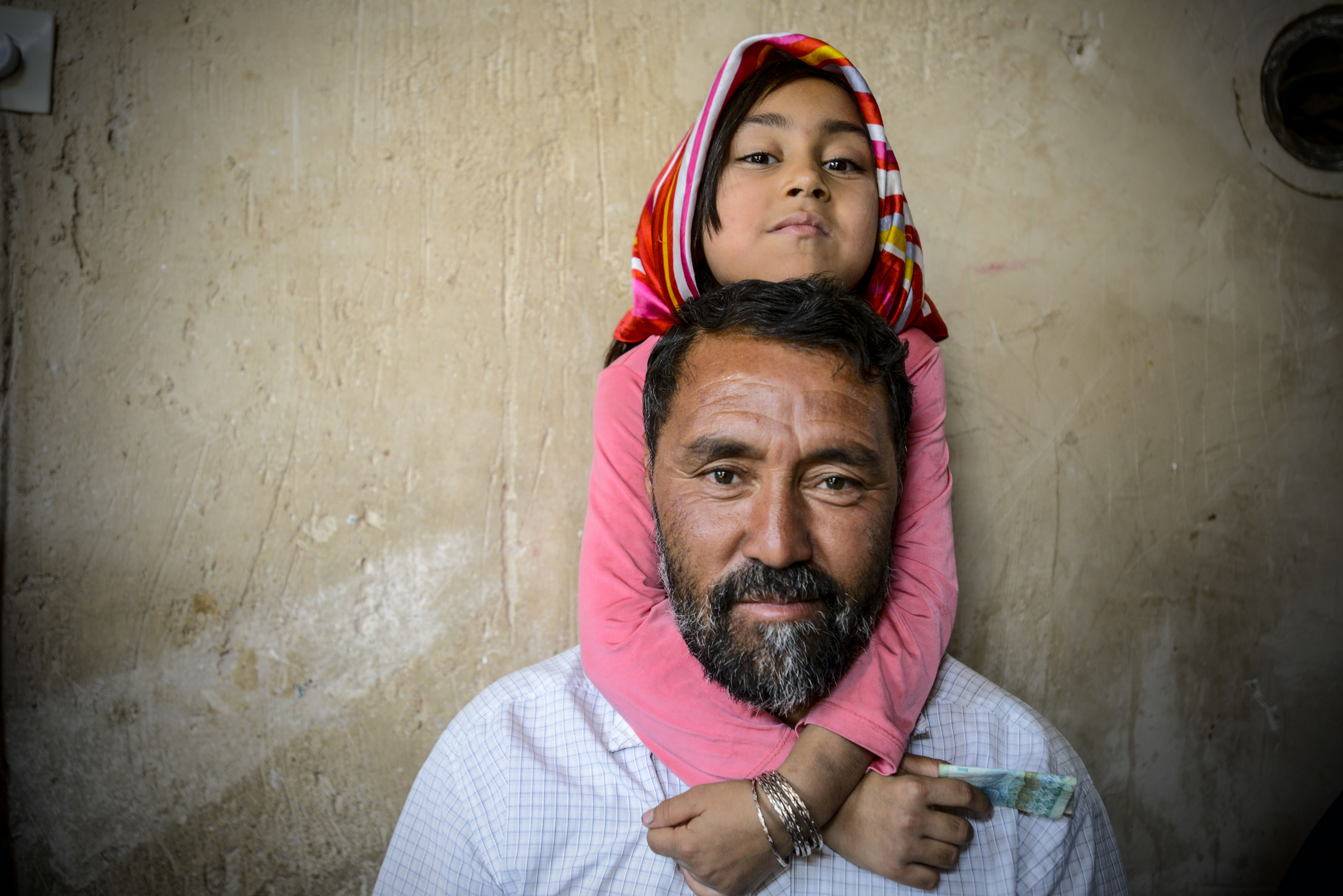According to the last official government estimates relating to the Amayesh IX in 2014, 951,142 Afghan refugees and 28,268 Iraqi refugees reside in Iran. A large number of refugees in Iran are second or third generations living in the country. Approximately 97% of the refugees live in urban and semi-urban areas, while the remaining 3% reside in 20 refugee settlements which are managed by UNHCR’s main government counterpart, the Bureau for Aliens and Foreign Immigrants’ Affairs (BAFIA) of the Ministry of Interior.
In addition to the refugees, there are around 2.5 million Afghans residing in Iran, inclusive of passport holders and undocumented Afghans. 450,000 Afghan passport holders who were previously undocumented or Amayesh cardholders have been issued Iranian visas that allow them to live, work or study in the country.
The Government of Iran, in an effort to regularize the undocumented Afghans, called for a ‘headcount exercise’ in 2017, targeting certain categories of undocumented Afghans residing in the country and issued slips to more than 804,000 undocumented individuals who participated in the exercise.
The legal status of refugees is defined by two international instruments: the 1951 Convention relating to the Status of Refugees and its 1967 Protocol. The Islamic Republic of Iran acceded to the 1951 Convention and its 1967 Protocol on 28 July 1976, with reservations to Article 17 (wage-earning employment), Article 23 (public relief), Article 24 (labor legislation and social security) and Article 26 (freedom of movement).
In recent years, however, the Government of Iran has gradually been introducing policies conducive to solutions for refugees and the attainment of rights for the Afghan and Iraqi population living in Iran, enhancing access to education, health, and livelihoods services to refugees with minimal financial aid from the international community.

